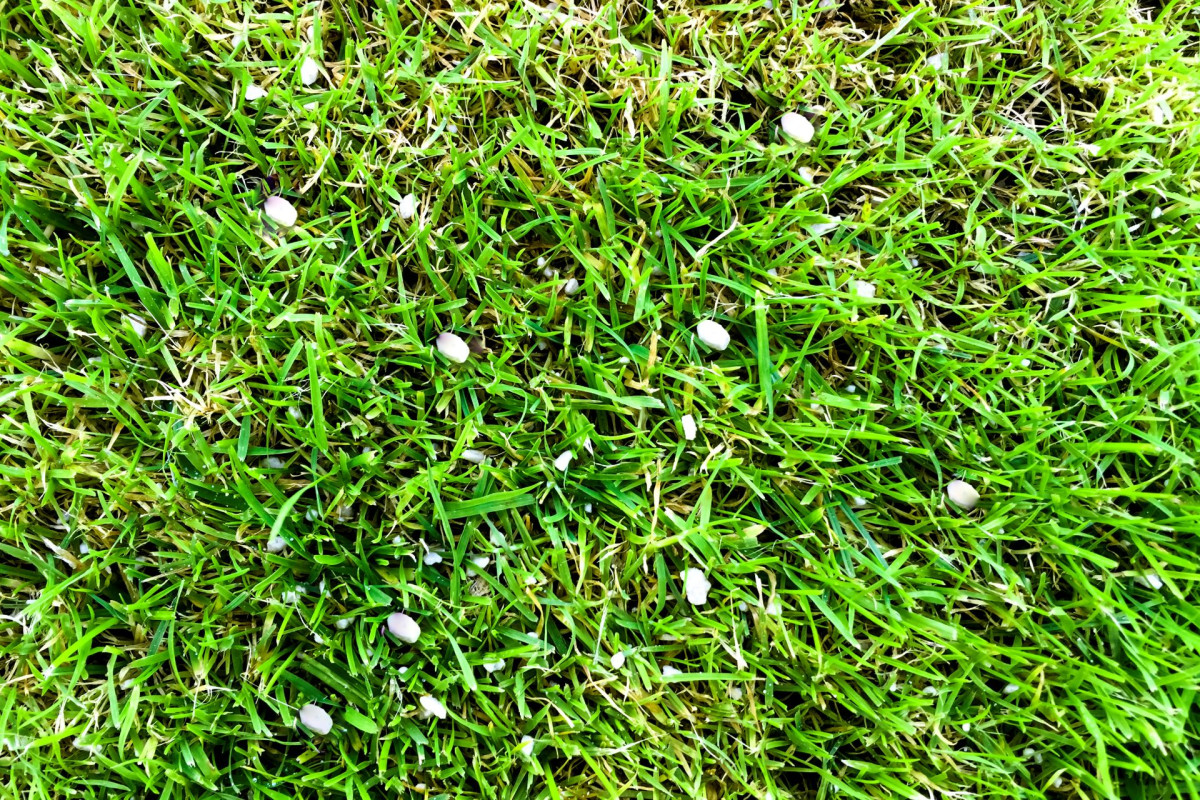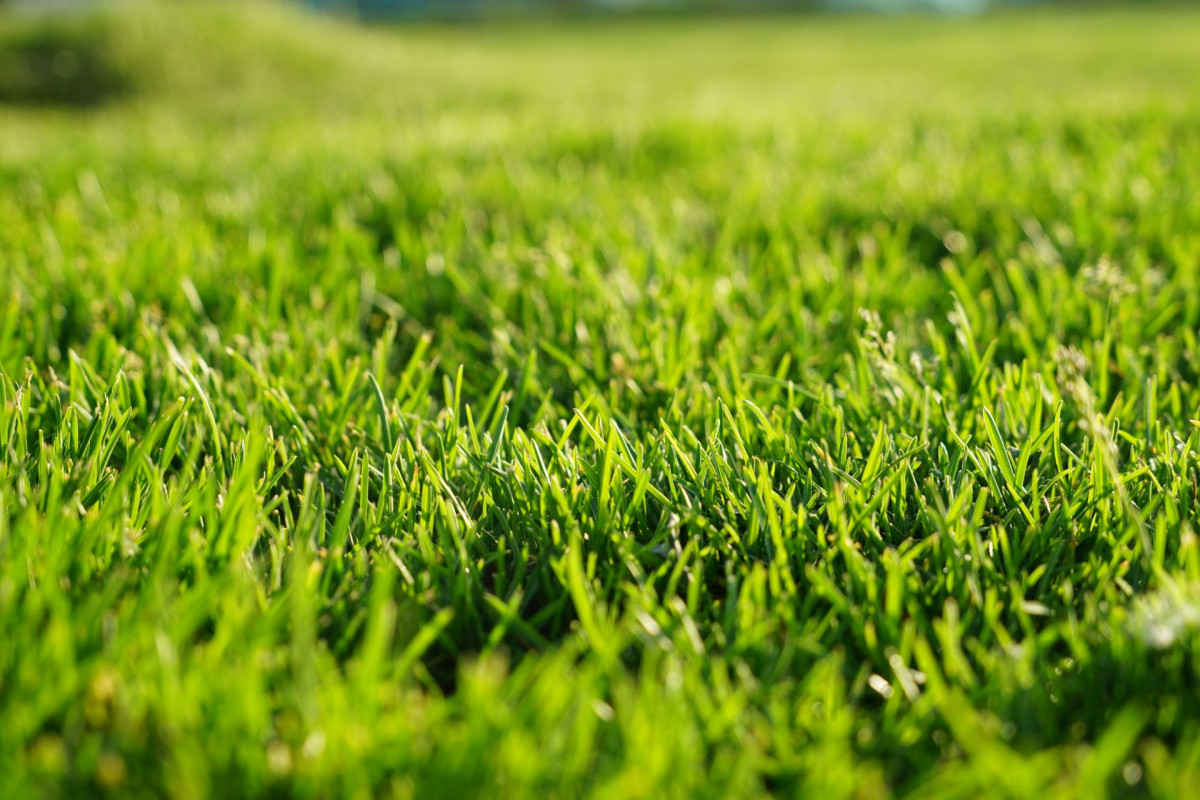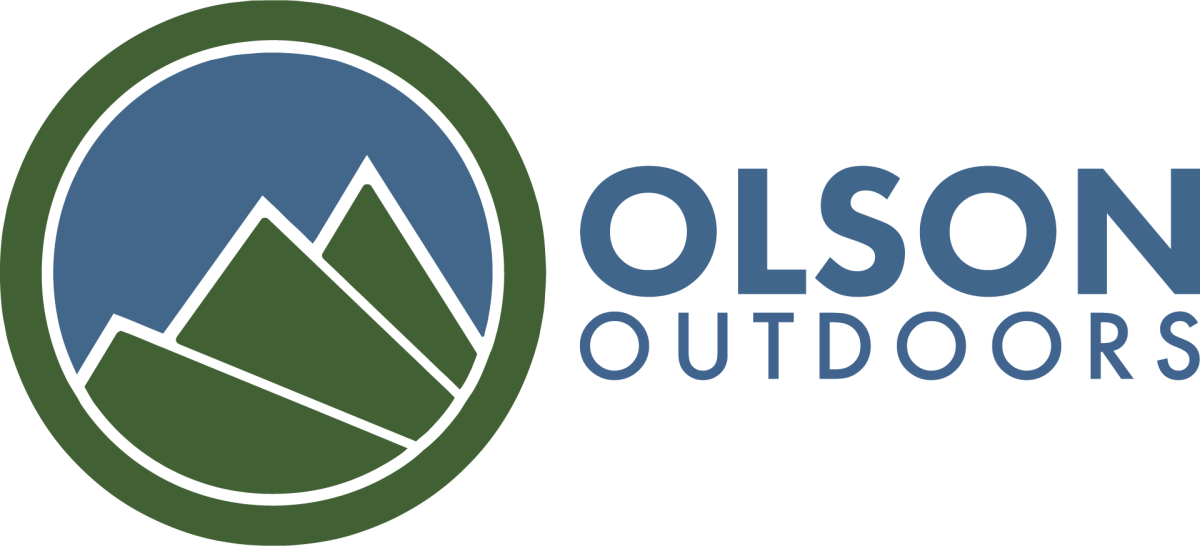As temperatures drop and grass blades fade to dormancy, many Colorado homeowners assume their lawn care responsibilities have ended for the season. However, local lawn care professionals emphasize that late fall represents one of the most critical maintenance windows of the year. Understanding when and how to fertilize lawns in late fall can mean the difference between a struggling spring lawn and one that emerges vibrant and healthy.
"What homeowners don't see is that while blade growth stops, root development actually accelerates below ground during this period," explains lawn care experts serving the Broomfield and Front Range communities. "Those roots are building strength and storing nutrients that will fuel next season's growth."
The Problem with Skipping Late Fall Fertilization
Many Colorado homeowners mistakenly believe that once grass appears dormant, it no longer needs attention or nutrients. This misconception leads to weakened turf that struggles through winter and requires expensive corrective treatments come spring.
Colorado's unique freeze-thaw cycle creates particular challenges for lawns in the Front Range region. Unlike areas with consistent winter cold, local yards experience dramatic temperature swings throughout the season. Warm spells trick grass into brief periods of activity, followed by sudden freezes that stress unprepared root systems. Without adequate nutrition stored in root structures, grass lacks the cellular strength to withstand these repeated stress events.
The consequences of skipping fall fertilization become apparent in April and May. Thin, patchy lawns with poor color take weeks longer to green up. Weed pressure increases in areas where grass density declined over winter. Disease susceptibility rises in weakened turf. Homeowners who neglected fall feeding often find themselves investing heavily in spring recovery treatments, including overseeding, additional fertilization, and weed control applications.
Cool-season grasses that dominate Colorado landscapes—Kentucky bluegrass, perennial ryegrass, and fine fescue—have evolved to take advantage of fall's mild temperatures and adequate soil moisture. These varieties actively grow roots when air temperatures drop but soil remains workable. Providing nutrients during this window aligns with the grass plant's natural growth cycle, maximizing nutrient uptake and storage efficiency.
Comprehensive Lawn Care Services for Year-Round Health
Maintaining healthy turf in Colorado's challenging climate requires more than sporadic attention. A complete lawn care program addresses seasonal needs through strategic timing and appropriate treatments.
Fall and winter-focused services include nitrogen-rich fertilization applications timed to soil temperature rather than calendar dates. Between late October and mid-November, when soil temperatures hover around 40 to 50 degrees, slow-release nitrogen formulations fuel root growth without stimulating vulnerable blade production. For environmentally conscious homeowners, organic fertilization alternatives provide gradual nutrient release while improving long-term soil health and microbial activity.
Core aeration services prepare lawns earlier in fall, from September through mid-October, when grass can quickly recover from disruption. This process relieves soil compaction common in Colorado's clay-heavy soils, improving water infiltration and root penetration. Aeration performed at optimal timing maximizes benefits without risking freeze damage to exposed soil cores.
Seasonal cleanup services address leaf management before snow arrives. While a light layer of mulched leaves benefits soil, thick accumulations block sunlight and trap moisture against turf, creating conditions for snow mold and fungal diseases. Professional fall cleanup removes excess leaves while preserving beneficial organic matter in appropriate quantities.
Dethatching and power raking eliminate excessive thatch layers that prevent water and nutrient penetration. When thatch exceeds half an inch, it becomes a liability rather than an asset, harboring disease organisms and interfering with root development. Early fall treatment allows grass to recover before winter dormancy.
What Sets Local Expertise Apart
Companies serving the Broomfield, Arvada, Westminster, Erie, and Longmont communities bring over a decade of experience working specifically with Front Range growing conditions. This localized knowledge proves essential when timing applications and selecting appropriate products.
Understanding Colorado's unique soil composition—predominantly heavy clay with varying pH levels—allows for customized treatment recommendations. What works in sandy Midwestern soils or humid Eastern regions fails in Colorado's alkaline, compacted clay. Local professionals adjust fertilizer formulations, application rates, and timing windows based on actual regional conditions rather than generic national recommendations.
High-altitude considerations affect everything from grass variety selection to watering requirements. The combination of intense UV exposure, rapid temperature fluctuations, and low humidity creates stress factors unfamiliar to lawn care providers from other regions. Experience with these specific challenges translates to more effective treatment protocols.
Commitment to both conventional and organic approaches provides options for different homeowner priorities. Some clients prioritize rapid results and predictable outcomes from synthetic fertilizers. Others prefer slower-release organic options that build soil health over time while minimizing environmental impact. Olson Outdoors offers both pathways, allowing homeowners to make informed choices aligned with their values and goals.
Specialized Solutions for Colorado's Winter Challenges
Winter lawn care extends beyond fall fertilization. Winter watering programs address dehydration stress caused by Colorado's semi-arid climate and notorious winter winds. Even dormant grass requires moisture to prevent desiccation damage. Professional winter fertilization services include guidance on appropriate watering schedules, typically once every three to four weeks on above-freezing days.
Drainage improvements prevent ice formation and pooling that damages turf during freeze-thaw cycles. French drains, grading adjustments, and proper slope management ensure water moves away from grass areas rather than collecting and freezing over root zones. These infrastructure improvements pay dividends throughout the year but prove especially valuable during winter months.
Customer Service and Community Commitment
Serving residential properties throughout the northern Front Range requires more than technical expertise. Homeowners value clear communication, reliable scheduling, and transparent pricing. Detailed estimates outline exactly what services will be performed, when applications will occur, and what results to expect.
Educational approach helps clients understand the reasoning behind seasonal recommendations. Rather than simply scheduling treatments, professionals explain the biological processes at work, the specific challenges Colorado conditions create, and how each service addresses those issues. Informed homeowners become partners in maintaining their landscapes rather than passive recipients of services.
Seasonal reminders and proactive communication ensure critical maintenance windows aren't missed. As optimal timing approaches for fall fertilization, aeration, or winter preparation tasks, clients receive advance notice allowing them to plan accordingly. This consultative relationship builds long-term partnerships based on trust and demonstrated results.
Making Informed Decisions About Fall Lawn Care
Late fall fertilization represents an investment in next season's lawn health. While some homeowners choose to handle applications themselves, proper timing, product selection, and application techniques significantly affect outcomes. Nitrogen applied too early stimulates blade growth vulnerable to frost damage. Applications made after soil freezes waste product without delivering benefits. Wrong formulations can burn turf or leach away before providing value.
Professional services eliminate guesswork while ensuring treatments occur at optimal windows. For busy homeowners balancing work, family, and holiday preparations, delegating seasonal lawn care to experienced professionals removes one more item from an already full schedule.
Colorado's unique climate demands specialized knowledge and careful timing. As November approaches and soil temperatures drop toward the critical 40 to 50 degree range, homeowners face a decision point. Those who fertilize appropriately position their lawns for healthy winter dormancy and vigorous spring emergence. Those who skip this step often spend the following season addressing preventable problems.
For Colorado homeowners seeking expert guidance on late fall fertilization and comprehensive seasonal lawn care, Olson Outdoors provides experienced, locally-focused services throughout Broomfield, Arvada, Westminster, Erie, and Longmont. Contact 720-438-4272 or visit olsonoutdoors.com for information on fall fertilization scheduling and year-round lawn maintenance programs.





